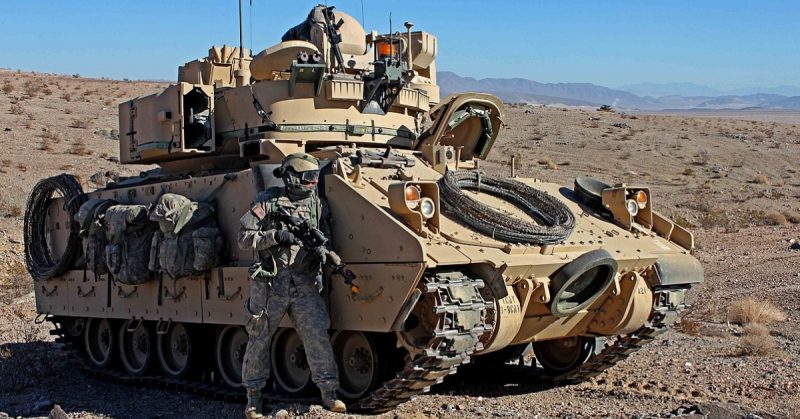What does the future of combat look like on the ground? For the US Army, there is nothing that the Next Generation Combat Vehicle Cross Functional Team will not consider, as long as whatever vehicle they get can be guaranteed to massively out-gun any future adversary.
Brigadier General Ross Coffman of the US Army has confirmed that the Bradley Fighting Vehicle is at the end of its useful life and that the year 2025 is the target for an operational replacement.
The next generation of combat vehicles is expected to be able to seriously out-gun peer competitors. The Brigadier General made clear that to “modernize to parity” was not an option.
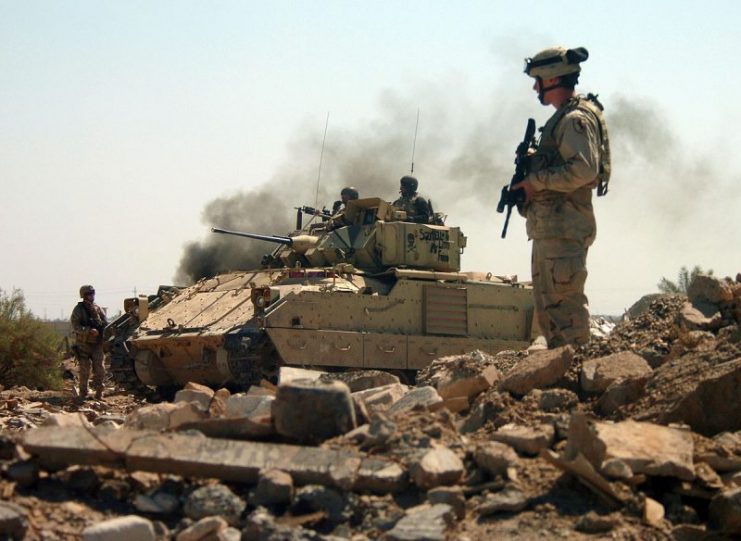
The Bradley fighting vehicle currently comes in two types, the M2 Infantry and M3 Cavalry. It is fully tracked and provides enough cross-country mobility to be able to keep up with the M1 Abrams Main Battle Tank. Both variants field a 25 mm M242 chain gun, a TOW anti-tank missile, and a 7.62 mm M240C machine gun.
With a range of three hundred miles and a top speed of forty-one miles per hour, the Bradley has been a mainstay of US ground forces for decades. However, the 25 mm cannon is beginning to look less potent as other country’s armed forces upgrade to 30 mm. “One hundred and four countries have the 30 mm,” said Brig. Gen. Coffman.
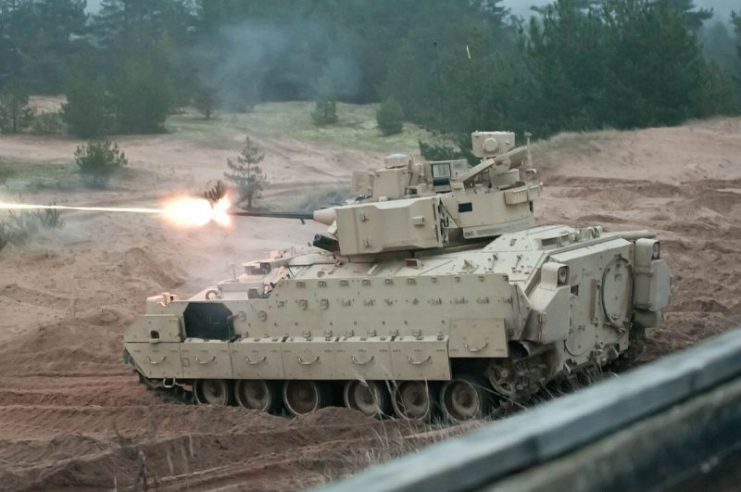
Russia’s ground forces even boast a 100 mm cannon on board the BMP3 combat vehicle. Faced with these statistics, the US Army has made the replacement of the Bradley M2 and M3 its priority and is keen to partner with defense firms in order to deliver what the General calls “decisive lethality.”
At the 2018 Association of the United States Army’s annual meeting and exposition, Coffman was clear that absolutely anything was on the table and insisted that the next generation combat vehicle should be able to establish a point of stand-off as a minimum requirement.
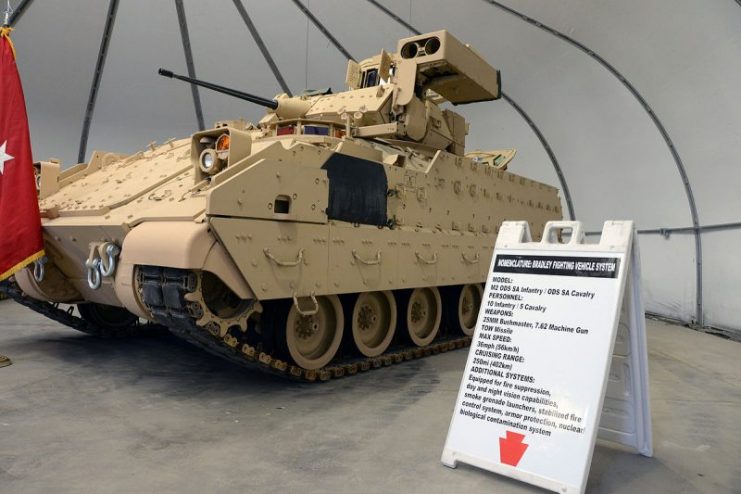
He went on to say that the prize of delivering that requirement to the Army is completely up for grabs, within reasonable cost limits.
The Army is planning a series of industry days to confer with defense companies so that expectations remain within the realm of the possible. The goal for the Army is to be able to deliver decisive lethality without breaking the Pentagon’s bank.
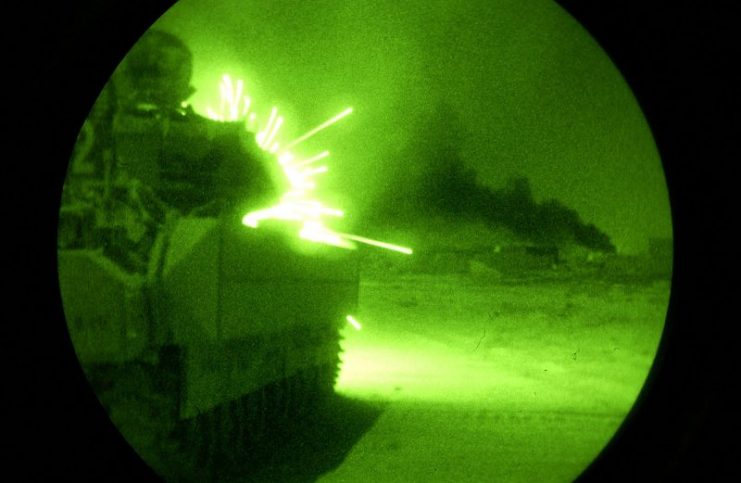
The actual platform for that capability is less important. The main expectation for the new combat vehicle is that it will be able to receive upgrades and innovations as the industry develops new technologies for the battlefield.
Brig. Gen. Coffman said. “The technology may not be there, but we must maintain the ability to upgrade our equipment in a dynamic fashion to always have standoff against our enemy.”
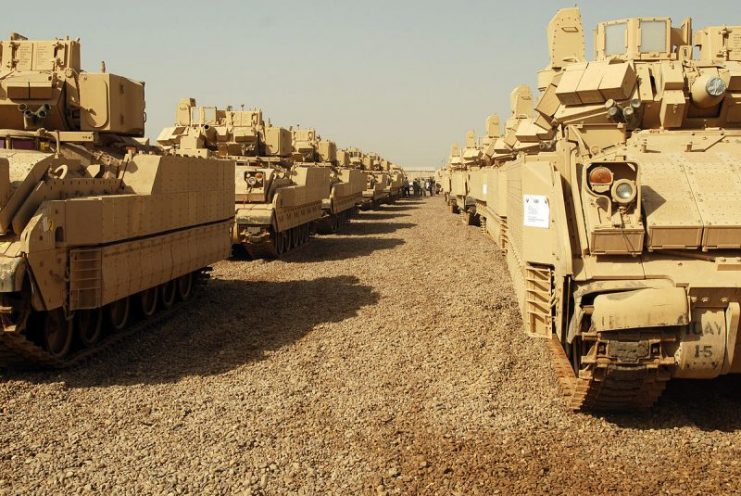
It is recognized that competitor forces will always attempt to catch up with whatever advantage the US Army may field in future battleground situations.
Driverless and drone technology are in the ascendancy, so the Army is also looking at options for remote unmanned deployment.
The M1 Abrams Tank, by contrast, still has room for upgrades and development and is likely to remain in service for many years to come. Army leadership is expected to review the M1’s future in 2023, but a replacement battle tank is unlikely to be developed any time soon.
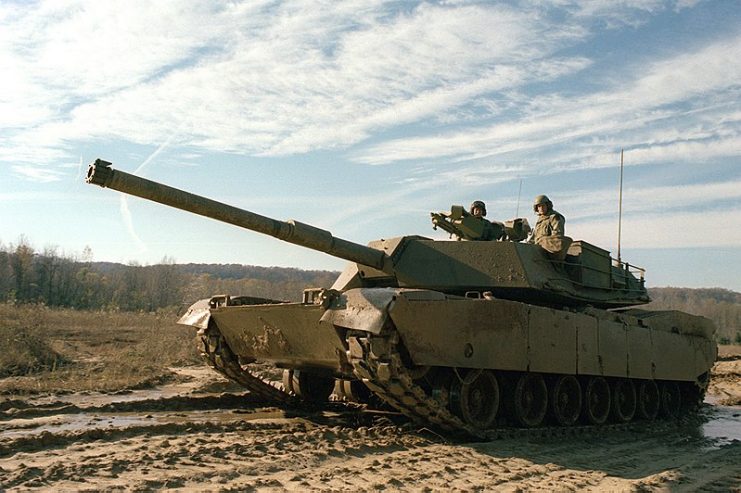
Read another story from us: The Modern “Beast” of the Battlefield – M1 ABRAMS
Brig. Gen. Coffman confirmed in hypothetical terms, “The bottom line is, anything is on the table. We want industry feedback for decisive lethality; if that is run by a flux capacitor, hovers and has a ray gun, and we can make that work at a reasonable cost, absolutely.”
